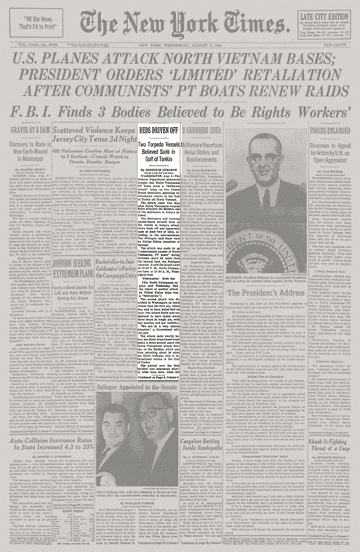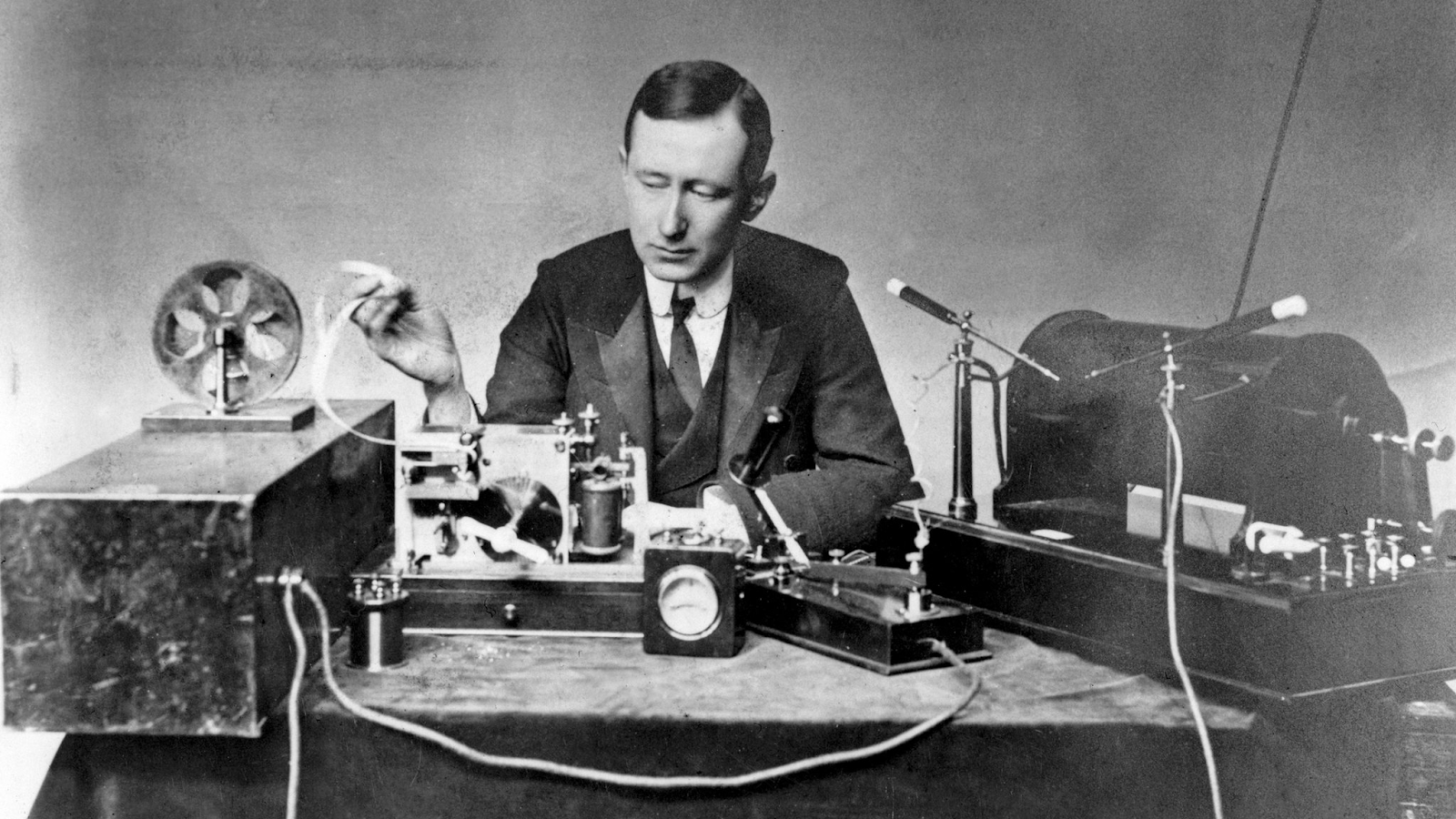Media Law & Literacy - Addison Graham
Wednesday, April 30, 2025
Blog Post #12
Monday, March 3, 2025
Blog Post #11
EOTO Presentation #2
Blog Post #7
Antiwar
Tuesday, February 18, 2025
Blog Post #9
Propaganda
The Cambridge dictionary define propaganda as "information, ideas, opinions, or images, often only giving one part of an argument, that are often broadcasted, published, or in some other way spread with the intention of influencing people's opinions". When the word propaganda is brought up, many people's initial reaction is to think of World War I and Nazi Germany. Adolf Hitler used propaganda to influence the German public into believing they were fighting "a defensive war" and nationwide support was needed to fight this war. German propaganda was so prevalent because leaders feared the public would become influenced by other nations as they found out about the mass genocides. They did everything in their power to lie and convince the nation that things were not as they seem. To me, propaganda is simply lies told, usually through the media to sway public opinion or cover up the actions of the government. Propaganda does not just come from the government. Every day we are exposed to media with extreme bias to convince us to agree with their opinion. Many Americans no longer take the time to learn the truth, they are simply influenced by the media.
Propaganda has been used in the United States countless times. Throughout history, it was used in both World Wars to garner support for the war from the American people. During WWI, it was used as a recruiting tactic to encourage young men to join the military. The famous image of Uncle Sam with the words "We Want You" is one of the most famous images to help sway Americans into believing joining the military was a positive act of patriotism. During the second World War, the Office of Strategic Surveillances was set up. This was the precursor to the CIA, it was an attempt by the US government to combat foreign efforts and distribute propaganda. Many film companies also helped develop short films to emphasize and promote American ideals such as freedom, patriotism, democracy.
War time propaganda from the 1900s only represents a very small margin of propaganda within the United States. One of the most prominent uses on propaganda in United States history comes from the Gulf of Tonkin incident. The Gulf of Tonkin incident involved the United States attacking Vietnamese ships based upon "reports of an attack" on American ships on August 2nd and 4th, 1964. The attack on August 2nd did take place, there was real evidence to support this. However, on August 4th, the US
military intercepted communication that led them to believe their destroyer ships were going to be attacked. The Maddox and Turner Joy moved further
out into sea and reported they were potentially being approached. These two destroyers then began to fire at other ships, the air support they brought in then reported an attack was unlikely, other factors caused this false report. They even suggested further evaluating the situation before proceeding. However, President Johnson decided to continue attacking North Vietnam based upon the "attack" on August 4th. He urged Congress to pass the Gulf of Tonkin resolution and take action against Vietnam. This heavily increased the involvement of US military in the Vietnam War. On August 3rd, 1964, the New York Times posted an article stating that the US ship, the Destroyer was attacked unprovoked on routine patrol. However, this is not true. Many of the information that they shared was untrue, exaggerated, and only came from the US government. The use of only one source is a strong cause of misinformation, leading to propaganda. An article shared on August 5th with the title “U.S. Planes Attack North Vietnam Bases; President Orders 'Limited' Retaliation after Communists' PT Boats Renew Raids" struck fear into millions of American citizens. Once again, this article only provided information from the US government, the majority of citizens believe the information they read without any doubt, especially if they are told the information comes from the government.
The New York Times was not the only publication to share this propaganda. Time Magazine aimed to publish a summary of the events that had occurred. Immediately it was clear that the US was the victim in this series of events. The US ship was patrolling innocently near the "the shores of the diabolical Red states". The article portrayed the US as heroes during the August 2nd attack. The ship was actually 30 miles off the shore, but it was reported as 15 miles off the shore. This difference allowed citizens to believe this was an unprovoked attack. Had they known it was further, citizens may have begun to understand that there was clearly some reason an attack was taking place.
False, specific information was published regarding the attack on August 4th. Once again, this just increased the credibility of this information among citizens. The article ended with this, "At week's end U.S. forces around the world stood alert.
And behind them stood their nation.” There is no doubt that this article was propaganda. Falsehoods and misinformation were shared in a direct attempt to influence public opinion on a political matter.
These articles fueled negativity towards Vietnam and made citizens feel as though the US needed to be more involved due to direct attacks on the nation. They were led to believe the US was attacked twice unprovoked. This false information absolutely would encourage citizens to increase hatred towards Vietnam. This allowed citizens to feel that the Gulf of Tonkin resolution was absolutely necessary. The government was able to justify their aggression and war involvement through the use of propaganda. American citizens were given false information to falsely support war involvement.
Again in 2003 the US government used propaganda to justify the the illegal government invasion in Iraq. The government launched an attack to oust the regime of Saddam Hussein. This began an 8 year war that the majority of citizens felt was not necessary. Following 9/11 many people were able to accept the use of military force after Bush declared a "global war on terror". The Bush administration used this to their advantage. They began fueling the public with more information about the wrongdoings of Iraq and the danger they pose to the US. This led Americans to believe they were at risk of being victims to weapons of mass destruction. The actions of the military now had support from the public. United States citizens now felt it was necessary to take action against Iraq. However, this attack was not legally justified. Government officials attempted to gather evidence that justified this use of force. They constantly said even if there wasn't strong enough evidence, it was too risky to not take action. Just like the Gulf of Tonkin, the United States citizens were provided information from the government in order to influence their opinion and justify the use of military force.
Monday, February 10, 2025
Blog Post #6
EOTO Presentations
Blog Post #5
Online Privacy
Thursday, February 6, 2025
Blog Post #10
Living in the Age of AI

Blog Post #12
My Relationship with Technology As a teenage girl in today's digital world, it feels like my whole life revolves around my phone. C...

-
Propaganda The Cambridge dictionary define propaganda as " information, ideas, opinions, or images, often only giving one part o...
-
The US Supreme Court Reflection The US Supreme Court is an integral part of the justice system in our country. The Supreme Court has e...
-
EOTO Presentations After watching everyone's presentations, one of the technologies that stuck out to me the most was the inve...
























